Retro Replay Review
Gameplay
Sorcerian delivers a unique blend of action-based combat and RPG depth by marrying side-scrolling platform mechanics with character development systems more commonly found in Western titles of its era. From the outset, you assemble a party of four adventurers, choosing from fighter, wizard, elf, and dwarf archetypes. This choice is purely functional, and the game’s real distinguishing factor is how you customize each hero through detailed training, stat allocation, and spellcraft rather than strict class or race restrictions.
(HEY YOU!! We hope you enjoy! We try not to run ads. So basically, this is a very expensive hobby running this site. Please consider joining us for updates, forums, and more. Network w/ us to make some cash or friends while retro gaming, and you can win some free retro games for posting. Okay, carry on 👍)
Once you leave the safety of town, the perspective shifts to a side-scrolling view where real-time battles unfold. You control the entire party simultaneously but can switch the lead character on the fly, affecting who attacks or casts spells first. Melee combat, ranged magic, and even jumping to avoid traps or reach higher ledges become second nature as you learn to coordinate your team’s movements and abilities in tight corridors and sprawling dungeons.
Character progression in Sorcerian goes far beyond simple experience points. In the towns of Pentawa you can undertake part-time jobs, visit specialized trainers to raise attributes like strength or intelligence, and even craft or enchant weapons with elemental properties. The magical system is remarkably deep: with support for up to 120 spells across multiple disciplines, you’ll find yourself juggling fireballs, protective barriers, and niche utility magics to tackle specific threats.
The dungeon design itself leans into maze-like layouts sprinkled with puzzles such as hidden switches, locked doors, and environmental hazards. These hazards force you to employ the full breadth of your party’s skills—in one moment you’ll be hacking at orcs, in the next mapping out corridors to avoid deadly pitfalls. This mix of action, exploration, and puzzle-solving creates a rhythmic flow that keeps the gameplay loop fresh and engaging even after many hours.
Graphics
For a game that originally debuted in the late 1980s, Sorcerian’s graphics hold a nostalgic charm while still delivering clarity in its side-scrolling vistas. The sprite work is crisp, with each character class sporting distinct animations that help you quickly gauge who’s fighting at the front line. Enemy designs range from goblins and skeletons to elaborate demon bosses like Ouks, each drawn with enough detail to make every encounter feel unique.
The backgrounds in cities, forests, and dungeons are modestly detailed but effective. Stone walls, flickering torches, rolling hills, and mystical portals all convey a sense of place without overwhelming the action. Though colors are limited by the hardware of the time, the palette shifts appropriately between the earthy hues of wilderness zones and the foreboding darker tones of deeper catacombs.
Animation is smooth for the era, especially during combat sequences. Sword swings leave a brief afterimage, spellcasting shows distinct visual effects, and locomotion through platform sections is responsive. You’ll notice subtle touches such as enemies recoiling when struck, or characters stumbling if they fall into traps, which enhance the overall dynamism of the presentation.
Overall, while Sorcerian won’t compete with modern high-definition graphics, its art direction and technical execution provided a solid foundation for the game’s fast-paced action. The visuals are cohesive, serve gameplay clarity, and remain an important part of its enduring retro appeal for fans rediscovering the Dragon Slayer series.
Story
Set in the beleaguered kingdom of Pentawa, Sorcerian’s narrative premise is straightforward: the royal family is plagued by monstrous incursions, and it’s up to a band of heroes to restore peace. Your very first mission—to retrieve a stolen sceptre guarded by the demonic lord Ouks—establishes a classic “fetch quest” structure, but the game shines in how it expands beyond this simple hook into episodic adventures.
Rather than focusing on a linear storyline, Sorcerian offers a series of scenario-based quests that range from rescuing kidnapped villagers to uncovering forgotten ruins. Each scenario has its own mini-narrative that adds texture to Pentawa’s world, and you receive in-town briefings that set goals, reveal lore tidbits, and sometimes introduce time-based challenges or special conditions to keep you on your toes.
The storytelling is largely emergent: you learn about the realm’s history by exploring libraries, deciphering ancient runes, and completing side jobs for townsfolk. Dialogue is functional but atmospheric, giving enough personality to NPCs without slowing down the pacing. This approach places player agency at the forefront, as your choices in quests and character development shape the story you’ll tell.
Ultimately, Sorcerian’s narrative might feel lightweight compared to modern RPG epics, but it succeeds in delivering an open-ended, sandbox-like progression that encourages replayability. If you enjoy crafting your own hero’s journey rather than following a strictly plotted tale, the game’s episodic structure and lore-rich setting offer a rewarding playground.
Overall Experience
Sorcerian stands out as a pioneering fusion of action and role-playing elements. The learning curve is moderate: initial scenarios teach you the basics of side-scrolling combat and basic dungeon navigation, while later quests demand mastery of advanced tactics, spell combinations, and party coordination. This balance of approachability and depth remains impressive even by modern retro revival standards.
If you’re drawn to character customization, Sorcerian offers one of the most robust systems of its time. From developing spells in arcane academies to enchanting gear with elemental affinities, there’s always a new avenue for optimizing your adventuring party. The ability to take on part-time jobs and side activities adds even more variety, making downtime in town feel as engaging as exploring dark caverns.
Sound and music play a supportive role, with memorable chiptune melodies setting the mood in towns and more urgent tracks underscoring combat. Audio cues for leveling up, discovering secret passages, or alerting you to nearby traps further reinforce the game’s feedback loop, helping you stay immersed despite the limitations of 8-bit and 16-bit sound chips.
While certain aspects—such as the minimal in-game story text and occasional backtracking—reflect its vintage roots, Sorcerian’s blend of strategic depth, real-time action, and replayable scenarios gives it enduring appeal. For fans of classic RPGs or anyone seeking a unique retro experience, this installment in the Dragon Slayer series is well worth revisiting.
 Retro Replay Retro Replay gaming reviews, news, emulation, geek stuff and more!
Retro Replay Retro Replay gaming reviews, news, emulation, geek stuff and more!
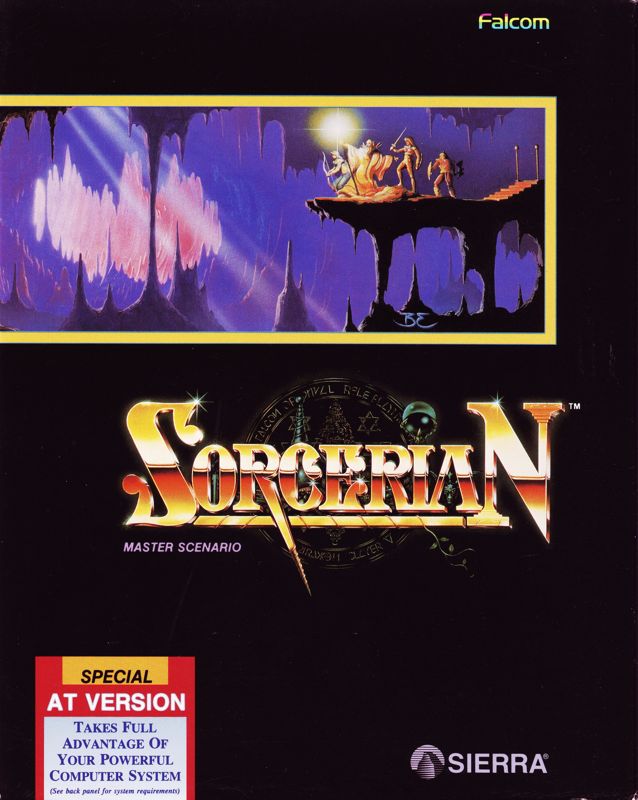
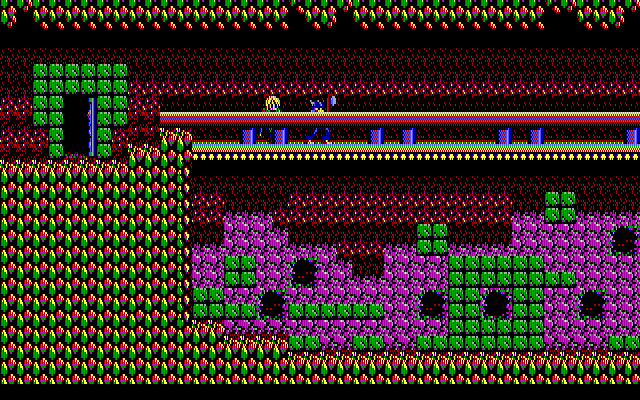
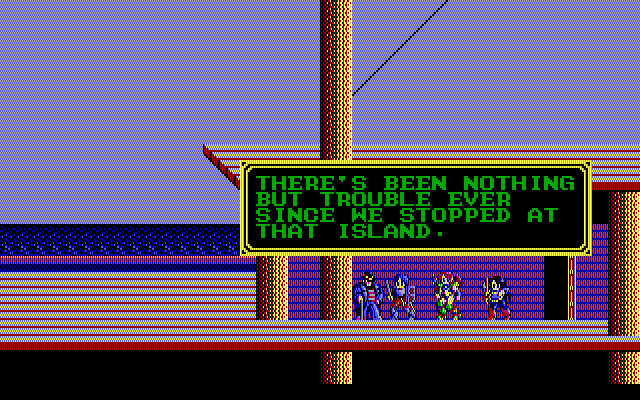
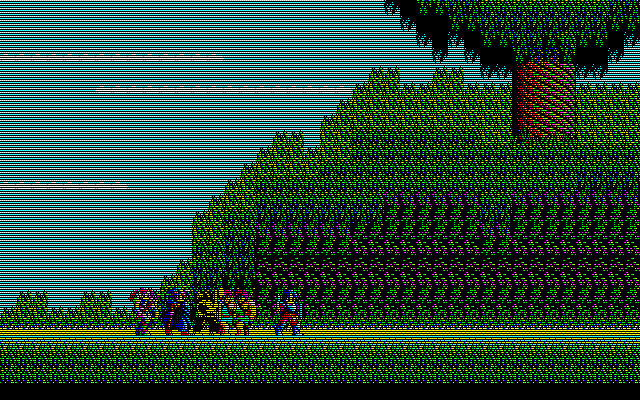
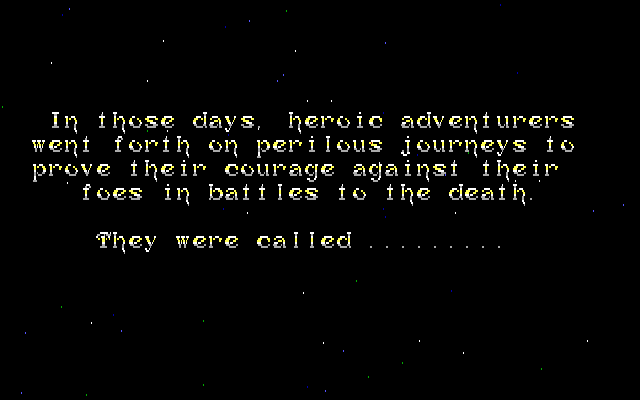
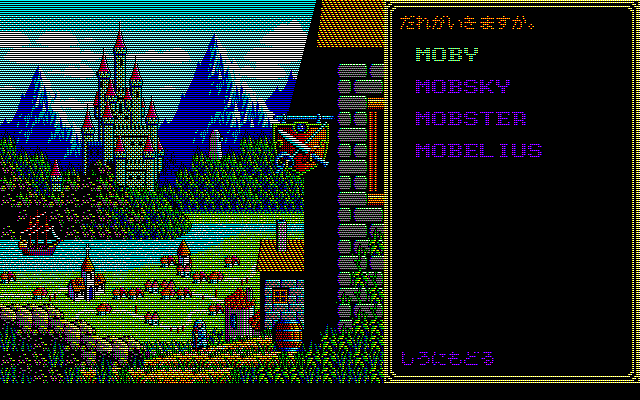



Reviews
There are no reviews yet.